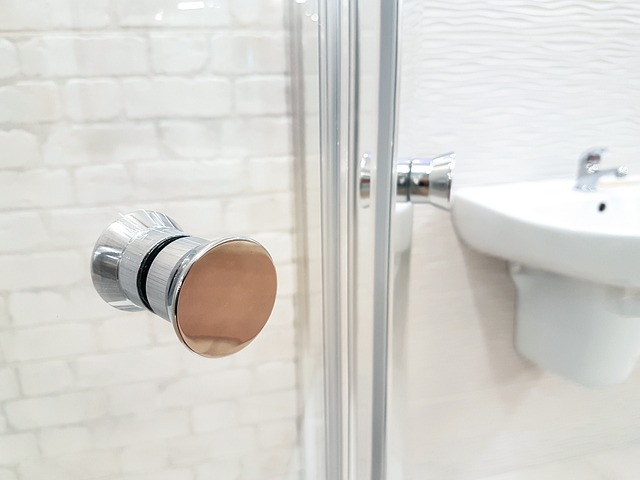Smart sump pumps, powered by plumbing technologies and IoT, offer real-time monitoring, enhancing convenience, efficiency, and system reliability. Remote access to water levels and pump status enables proactive issue resolution, reducing maintenance costs and minimizing property damage from water hazards. This technology is poised to revolutionize property management, seamlessly integrating with building systems for optimal safety and resource utilization.
“Smart sump pumps, a remarkable evolution in plumbing technologies, are revolutionizing home protection against flooding. These advanced systems, equipped with remote monitoring capabilities, offer unprecedented control and peace of mind. By integrating with modern IoT devices, homeowners can receive instant alerts, access real-time data, and even adjust settings from afar. This article explores how smart sump pumps enhance property management, ensuring timely intervention during emergencies, and highlighting the role of innovative plumbing technologies in safeguarding valuable spaces.”
- Understanding Smart Sump Pumps: Plumbing Technologies Evolve
- Remote Monitoring Benefits: Enhancing Home Protection
- Integration and Future: Transforming Property Management
Understanding Smart Sump Pumps: Plumbing Technologies Evolve

Smart sump pumps represent a significant evolution in plumbing technologies, integrating advanced sensors, internet connectivity, and remote monitoring capabilities into traditional pumping systems. These innovative devices go beyond basic functionality by providing real-time data on water levels, pump performance, and potential issues, allowing homeowners and professionals to proactively address problems before they escalate.
This transformation is driven by the intersection of IoT (Internet of Things) and plumbing, where smart pumps can be controlled and monitored remotely through mobile apps or web interfaces. This not only enhances convenience but also contributes to increased efficiency, reduced maintenance costs, and improved overall system reliability. Plumbing technologies are increasingly becoming smarter, more connected, and responsive to users’ needs, setting the stage for future innovations in home automation and water management.
Remote Monitoring Benefits: Enhancing Home Protection

Remote monitoring in smart sump pumps offers significant advantages for homeowners, transforming traditional plumbing technologies into powerful tools for home protection. This innovative feature allows property owners to stay informed and proactive about potential basement flooding or water-related issues. By utilizing advanced sensors and connectivity, these pumps can transmit real-time data on water levels, pump status, and potential anomalies directly to the homeowner’s device.
This technology enables quick response times during emergencies, as users can remotely access information, track changes, and receive alerts. It also facilitates preventive maintenance, as regular monitoring can identify minor issues before they escalate, reducing the risk of costly damage. With remote monitoring, homeowners gain a level of control and peace of mind, ensuring their properties are safeguarded against water-related hazards at all times.
Integration and Future: Transforming Property Management

The integration of smart sump pumps with remote monitoring is a significant step forward in the evolution of property management, driven by innovative plumbing technologies. This advanced system allows for real-time data access and control, empowering managers to proactively address potential issues before they escalate. By leveraging remote monitoring, maintenance schedules can be optimized, reducing unexpected downtime and associated costs.
Looking ahead, this technology is poised to revolutionize the way properties are managed. Integrating smart sump pumps into larger building management systems could lead to enhanced efficiency, improved safety, and better resource utilization. As plumbing technologies continue to advance, we can expect even more sophisticated solutions that further streamline operations, ensuring optimal performance and longevity of critical infrastructure.
